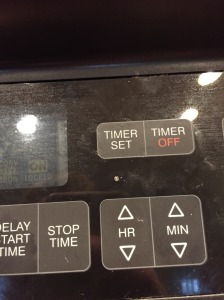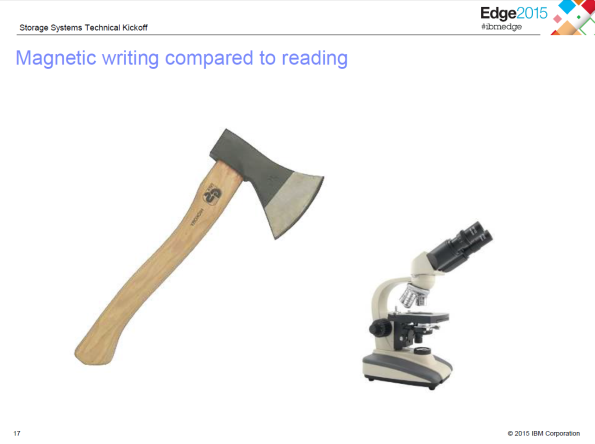I normally write about cloud computing and infrastructure, but occasionally I do other things. Very occasionally. I do enjoy tinkering with things and fixing things, though. Actually, more to the point, I enjoy figuring out how to fix things more than actually fixing them. (This means that anything that breaks a second time typically gets neglected).
Anyway, our oven developed an “interesting” (read “very annoying”) problem. All of the buttons would work except the temperature up button. When you press “temperature up”, the oven thinks you want to do a timed cook. Guess which one of these functions I need more?
So, for a few weeks, everything in our house has been baked at 350 degrees (the default temperature) or below. We couldn’t raise the temperature. Needless to say, this caused some strife in the Dotson household, so I did a little research and ordered a new control panel. That will arrive in a few days. In the meantime, however…
I pried the glued-on membrane control panel off the front. (I’ve already had to work on a different part of this oven, so I knew that there were no high voltages anywhere near this part. So everyone please Don’t Panic that the oven is still powered. In fact, that was really helpful for diagnosing the issue.) After getting the stupid adhesive to let go, the membrane panel came up and looked like this:
Now, the way these things work is that there’s a “matrix” of connections. Imagine a numeric keypad where the buttons are in neat rows and columns, with wires for each row and each column. When you hit the 1 key, the first row and first column are connected. When you hit the 6 key, the second row and sixth column are connected. I stole this image from Google images to illustrate, so if you want a keypad, buy it from this place:

So, getting back to my oven, here’s the interesting part of the keypad (if you’re still reading this, you hopefully won’t snort at my use of the word “interesting”):
I added a blue dot on top of the temperature up button that I’d really like to work, and a red dot on the stupid “Stop Time” button that keeps getting triggered instead.
My oven panel is just like the keypad above, except that the keys are spread all over the place so the rows and columns are hard to see. You have to follow the traces to see which two connections each button is hooked to. However, if you stare at it for a few minutes, you can see that there’s a spot where a trace from the bad button “jumps over” the trace from the good button. I drew a red rectangle around that in the picture above. That’s gotta be the problem — those must be shorted together! It’s just my bad luck that if the controller thinks you’ve pushed both the temperature up and the Stop Time button at the same time, that it should go into the Stop Time routine. Priorities, oven, priorities!
I figured maybe some moisture had gotten in there and shorted them together, so I tried some canned air to dry it out, but it was sealed fairly well so that didn’t help. (This is where having power to the oven was great, because I could try the buttons to see what was going on. It was about this time that I figured out that the button I thought was getting pressed incorrectly wasn’t actually the one that was getting pressed, because the good button and bad button in that case didn’t share any traces. When you think the universe is being inconsistent, check your assumptions!)
Well, if I can’t fix that “jump”, what could I do? I could certainly do without the “Stop Time” button. Hmm… I followed the trace beyond the “bad” button and found that there’s only one other button connected to that “row”, which is the Upper Oven button. (This is a double oven). I don’t have to have the Upper Oven button, because if you start doing things it will assume that you want the upper oven anyway. So, if I can break that trace, then I can use my temperature button at the expense of the Upper Oven and Stop Time buttons. That sounds like a good deal.
So, while the poor oven was on and completely aware, I took my drill and drilled through that trace at a convenient place before the “jump” (see the red lightning bolt above for where I drilled). Now, I can use my temperature up button!
The only problem is that if you set a temperature on the upper oven, then push lower oven and set a temperature there, you’ve got no way to get back to controlling the upper oven unless you turn both of them off and start over. Also, I drilled a little bit too far and made a tiny dimple on the front panel, but hey, I’ll replace it in a week or so anyway. The panel’s glue still held when I pressed it back on, so the only evidence of this brain surgery is the little dimple below the timer set button:
Some people on the Internet have wired up microswitches instead of a membrane keypad on appliances. I salute them, but I’m lazy and that was more work than I felt like doing. However, when I get the new controller board in, I might experiment with using a wire and some conductive glue to route over the bad “jump”.




